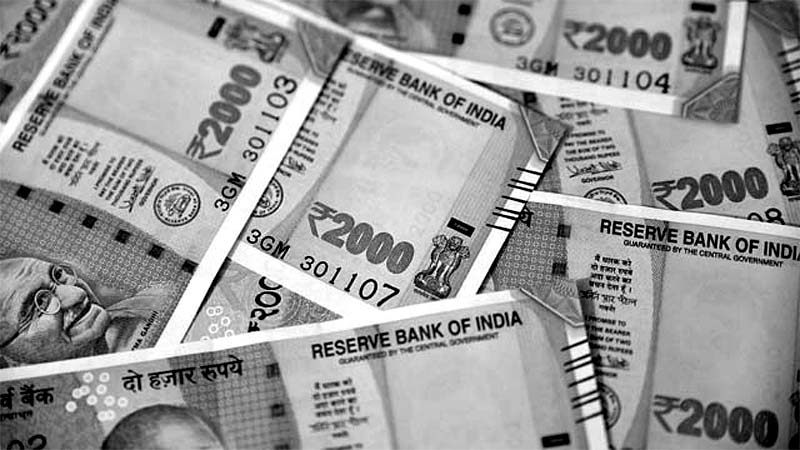As the world grapples with the challenges of energy transition and combating climate change, India finds itself at a crucial crossroads. Despite significant progress in the renewable energy sector, the country remains a net importer of primary energy, particularly oil and gas. This overreliance on imports not only poses risks to the macro-economy but also leaves India vulnerable to uncertainties in terms of price and supply security. Former Prime Ministers Manmohan Singh and Narendra Modi both stressed the importance of energy security for national security, making it clear that energy independence should be a top policy priority to bolster India’s position as a superpower in the modern world.
A Balanced Approach to Energy Solutions
While India has made steady strides in renewable energy over the past two decades, it’s essential to avoid relying solely on unilateral solutions. Instead, the nation should embrace diverse technologies and energy sources in a well-planned manner over the coming decades. This period coincides with a unique demographic advantage, where growth can be harnessed to facilitate positive change, alleviate poverty, and avoid social upheaval. Prime Minister Modi’s blueprint to achieve energy independence by 2070 presents an opportunity to move forward strategically and wisely.
The Role of Natural Gas in the Transition
Many developed countries are embracing carbon-free fuels as their primary energy sources, but for India, a low-carbon pathway that includes natural gas can be a better strategy. Natural gas is relatively more environmentally friendly and consumes fewer carbon emissions than conventional fossil fuels. However, India’s current reliance on natural gas remains significantly lower than the global average, standing at only 6-7 percent of total energy consumption. The country has set ambitious targets to increase this to 15 percent immediately and 23-25 percent in the future.
Overcoming Policy Challenges
India’s policy approach to natural gas has been hampered by a mindset of resource scarcity, resulting in allocation issues and price reduction policies that reinforced the perception of limited resources. It is crucial to recognize that natural gas is now a traded commodity with rapidly increasing production worldwide. A national debate and a robust policy framework are necessary to exploit India’s natural gas resources responsibly and sustainably, ensuring both economic and security benefits.
A Five-Pronged Strategy for Accelerated Transition
To achieve a swift and successful transition, the following five-pronged strategy is proposed, drawing on international best practices while considering their feasibility within India’s institutional framework:
- Adoption of Production Sharing Contracts: India should adopt a production sharing contract system to attract risk capital and expertise needed to develop and mine its hydrocarbon basins, similar to Mexico’s successful experience.
- Elimination of Administrative Price Controls: A time-bound program is required to eliminate administrative price controls, creating a transparent and market-driven signal for both natural gas producers and consumers.
- Establishment of a Rule-Based Natural Gas Transportation System: By delinking transportation and marketing from the natural gas sector, a national natural gas pipeline network can be created, enhancing system stability and securing supplies from domestic and international sources.
- Ensuring Viability of Gas-Based Electricity: Policy reforms in electricity markets are necessary to ensure that gas-based electricity remains viable and flexible, allowing markets to consume more of it.
- Leveraging Gas-Based Microgrids: Gas-based microgrids offer cost-effective and climate-friendly energy solutions while promoting decentralization in policy-making.
An Undersea Corridor for Regional Energy Cooperation
Looking beyond national borders, India can establish an undersea corridor connecting major gas-producing countries in the Gulf with its own territory. This initiative will create a coherent and interdependent regional market, contributing significantly to national energy security, regional stability, and honoring India’s commitments in the Paris Agreement.
Conclusion
The pace of energy transition in India needs to accelerate, and the country must embrace a diversified approach to energy sources. By recognizing the potential of natural gas, implementing a well-crafted policy framework, and leveraging international best practices, India can achieve energy independence and position itself as a sustainable superpower in the global landscape. The challenges are significant, but the opportunities for economic growth, environmental protection, and social stability are equally immense. With decisive action and cooperative efforts, India can lead the way towards a greener and more secure future for its citizens and the world.

